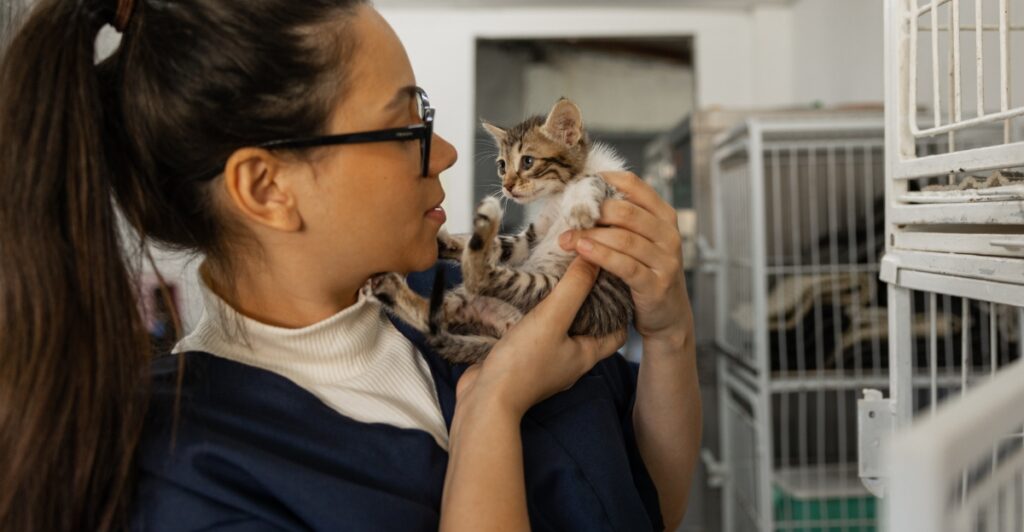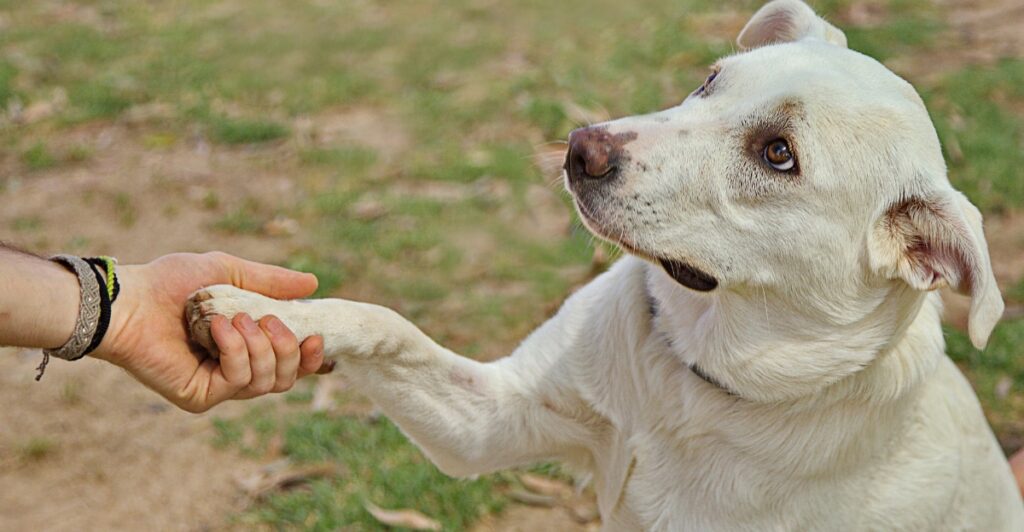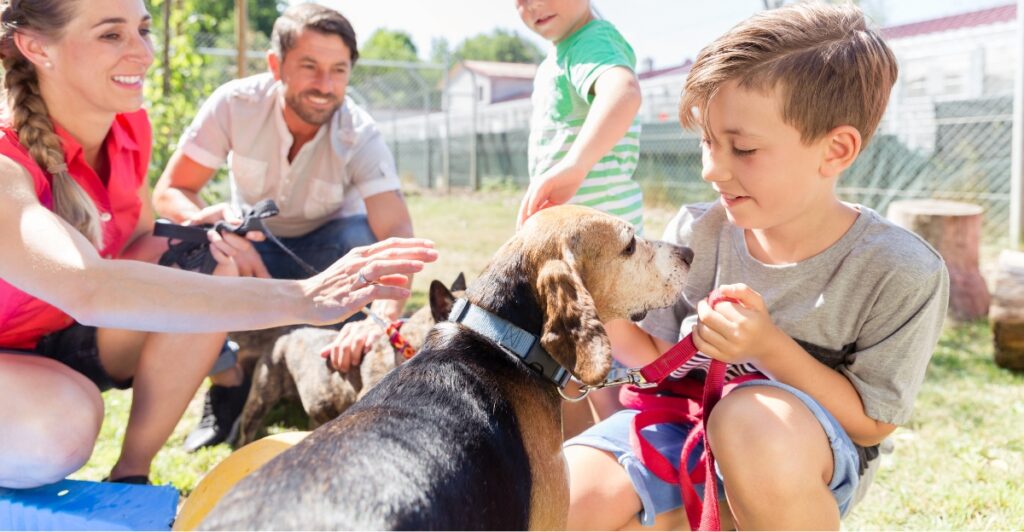
As 2024 progresses, animal shelters in the United States are seeing a positive shift: fewer animals are coming through their doors. Thanks to community efforts, responsible pet ownership, and improved shelter programs, intake numbers for both cats and dogs have decreased this year. Here are some key trends and strategies that show how this decrease is making a real difference for animals, organizations, and communities.
Fewer Strays Filling Shelters

One of the standout trends in 2024 is the decline in stray animal intakes. This decrease reflects the impact of widespread spay and neuter programs, which were disrupted by the pandemic but have resumed in full force. By controlling stray populations, shelters have seen fewer animals entering the system, reducing overcrowding and allowing shelter staff to focus more resources on pets already in their care. This shift is an important first step toward long-term improvements in shelter operations and animal well-being.
Owner Surrenders Gradually Dropping

The rate of owner-surrendered pets has dropped slightly this year, helping to reduce strain on shelters. Many shelters have introduced managed intake systems, which require pet owners to schedule appointments if they need to surrender an animal. These systems allow shelters to connect owners with resources, such as temporary pet food assistance or medical care, which can sometimes prevent surrenders altogether. While the drop may be gradual, it’s a promising sign of progress and growing community support to keep pets in their original homes.
Community Engagement is Key

Animal shelters are increasingly relying on community volunteers, from foster families to local advocates, to help manage animal care. Foster programs have become invaluable resources that provide animals with temporary homes and reduce the need for long-term sheltering. Volunteers also assist with adoption events, help socialize animals, and contribute to marketing efforts. This community involvement isn’t just reducing shelter populations; it’s transforming the lives of individual animals and creating a ripple effect that benefits entire neighborhoods.
Increased Use of Self-Rehoming Tools

The innovation of self-rehoming programs has become another lifeline for shelters and pet owners. Using platforms like Rehome by Adopt a Pet, owners who need to find new homes for their pets can connect directly with prospective adopters, circumventing the shelter entirely. This approach allows shelters to prioritize animals with no other options and creates a more direct, supportive process for pet owners. As this option gains popularity, shelters are already seeing a positive impact on intake numbers.
Foster Programs Reduce the Burden

Foster programs are proving to be more than just temporary housing solutions; they’re key to improving adoption outcomes. Fosters help socialize animals, capture their personalities, and provide shelter staff insights into what each pet might need in a forever home. Many foster families also share their experiences on social media, introducing shelter pets to a broader audience. These efforts boost adoption rates and provide pets with a smoother transition from shelter life to home life. For pets, time spent in foster care often means less stress and more positive socialization.
Trial Adoptions Are Gaining Popularity

To ease the adoption process, some shelters also offer trial adoptions, allowing potential owners to temporarily bring a pet home before committing to a full adoption. This trial period helps adopters see if and how a pet suits their family without the pressure of a permanent decision. This flexibility can remove the fear of having to return a pet that doesn’t quite fit and reduces the stigma surrounding rehoming. It’s another approach that has helped shelters match more animals with the right families while also making the adoption process feel more welcoming and adaptable to individual needs.
Marketing Efforts Improve Visibility

Shelters have ramped up efforts to improve adoption rates by expanding their marketing reach. Shelter staff and volunteers create detailed profiles with charming photos to highlight the personalities of animals waiting to be adopted. Many shelters post on social media and collaborate with local businesses to increase visibility. These methods may sound simple, but a well-crafted description or adorable photo can make a world of difference for a pet waiting for a new home. This extra bit of visibility often connects animals with people who weren’t even actively searching for a pet.
Larger Dogs Have Unique Challenges (and Solutions)

Larger dogs have historically faced more adoption challenges, especially due to housing restrictions and higher costs of care. To address this, some shelters create campaigns specifically for big dogs, promoting them as gentle giants or highlighting the traits that make them unique. Special adoption events and fee reductions for larger breeds have also helped reduce the time these dogs spend in shelters. By focusing on each animal’s individual qualities, shelters are helping adopters look beyond the size and find the loveable companion they may not have considered otherwise.
Pet Retention Programs Are Working

Shelters are working proactively to keep pets with their families through retention programs. These initiatives offer support with common issues like behavioral training, medical expenses (often in collaboration with local vets), and temporary pet food supplies. These efforts aren’t just intended to reduce shelter intake—they help families overcome challenges that might otherwise lead to surrendering a pet. Through this, shelters are directly impacting community pet ownership and stability.
Low-Cost Vet Services on the Rise

For many pet owners, the high cost of veterinary care is a major barrier to keeping pets healthy and at home. Recognizing this, some shelters now partner with low-cost vet services or offer clinics to make care more adorable. These services cover essential care like vaccinations, spaying, neutering, and even some emergency needs. The availability of accessible vet care has contributed to fewer abandoned pets, as more families can address health issues without overwhelming expenses. This approach not only supports pet retention but promotes healthier, happier communities.
Pet Adoption Fairs See Record Turnouts

Pet adoption events have become a light in the dark, drawing record crowds in recent months. These community events often feature reduced or waived adoption fees, encouraging more people to consider adopting. Many fairs also include amenities like on-site training advice, vaccination clinics, and local vendor stalls, creating a lively atmosphere where potential adopters can meet animals in a fun, stress-free environment. The success of these events goes to show that community-driven adoption efforts have the potential to transform lives, one pet at a time.
Resources:
- ManyPets: Animal shelters in 2024: Challenges, opportunities, and tails of success
- The Zebra: Pet Adoption Statistics
Stay connected with us for more stories like this! Follow us to get the latest updates or hit the Follow button at the top of this article, and let us know what you think by leaving your feedback below. We’d love to hear from you!







